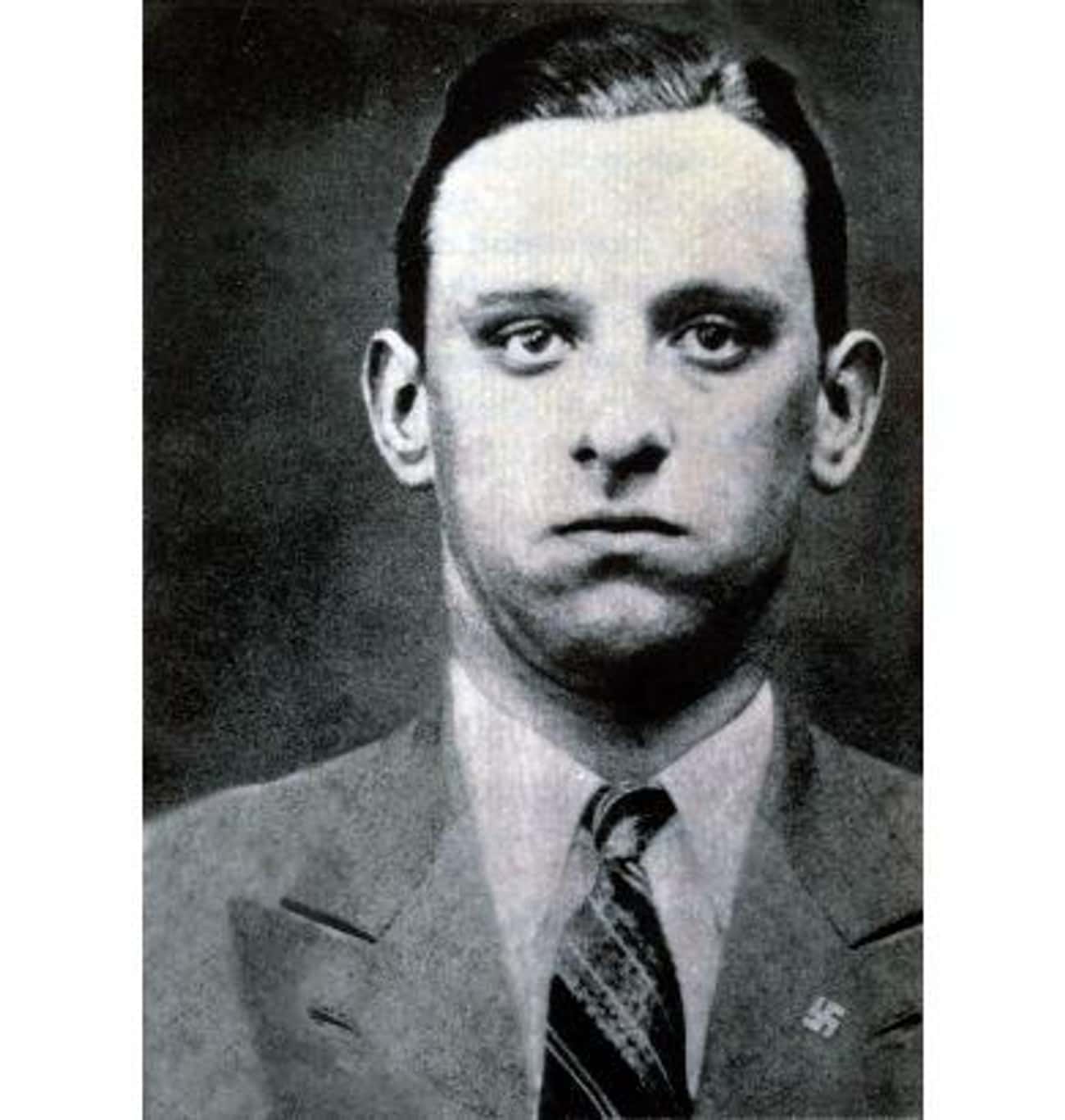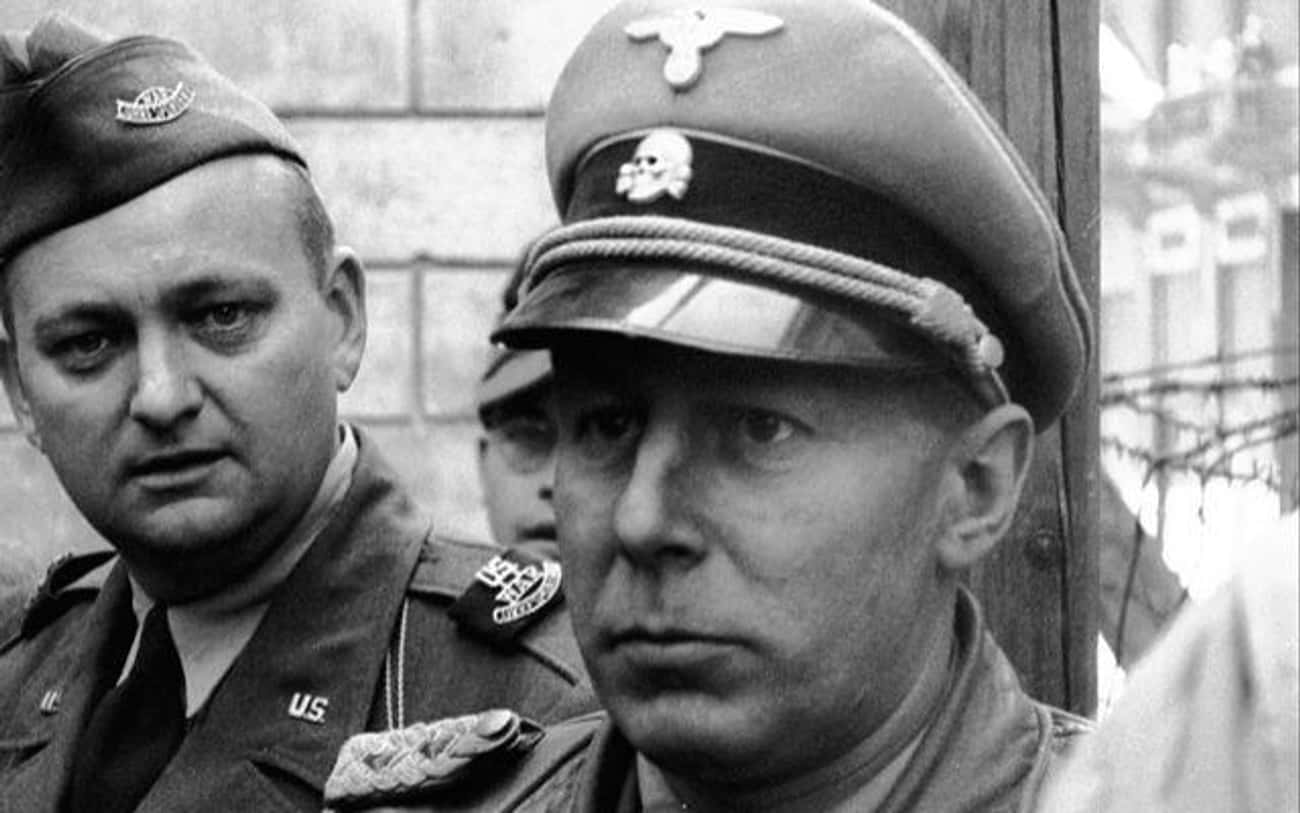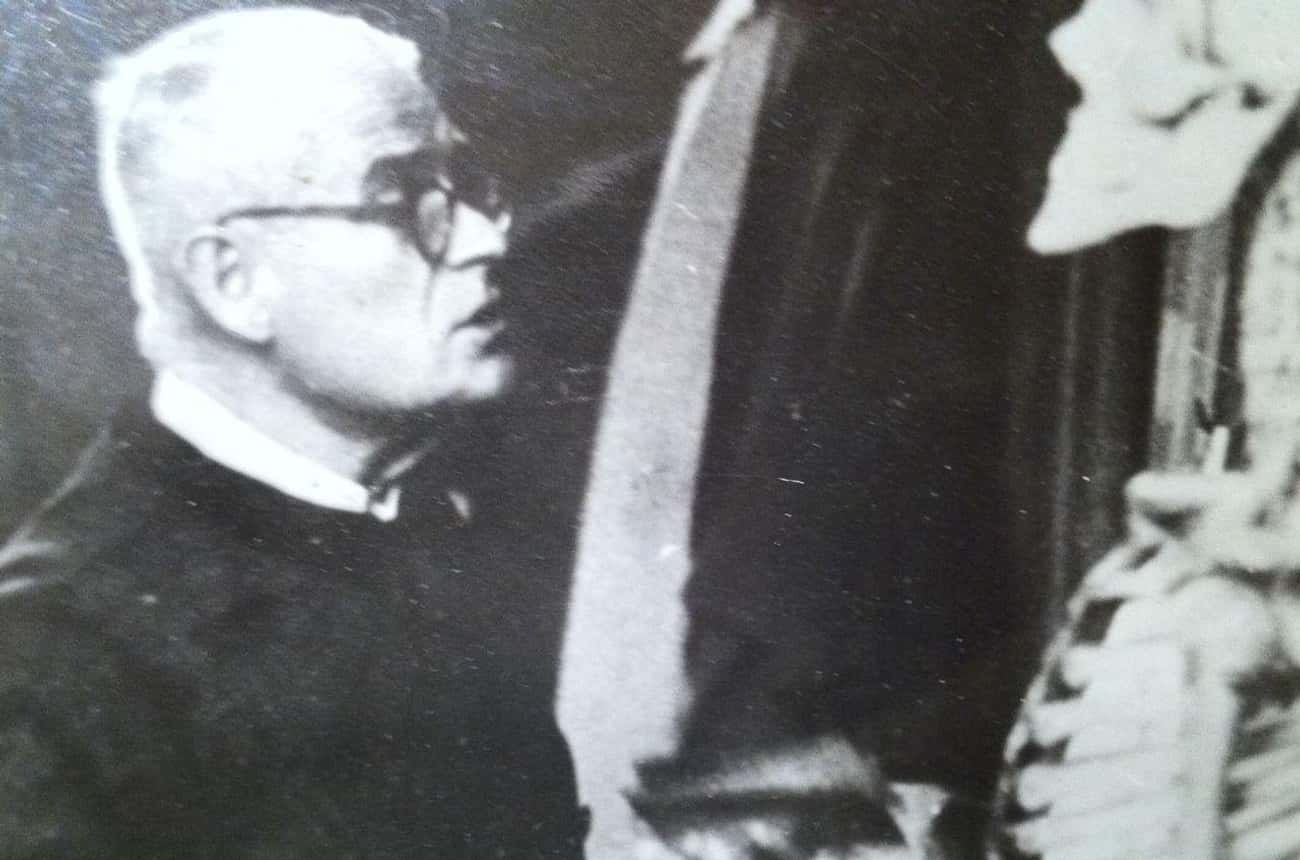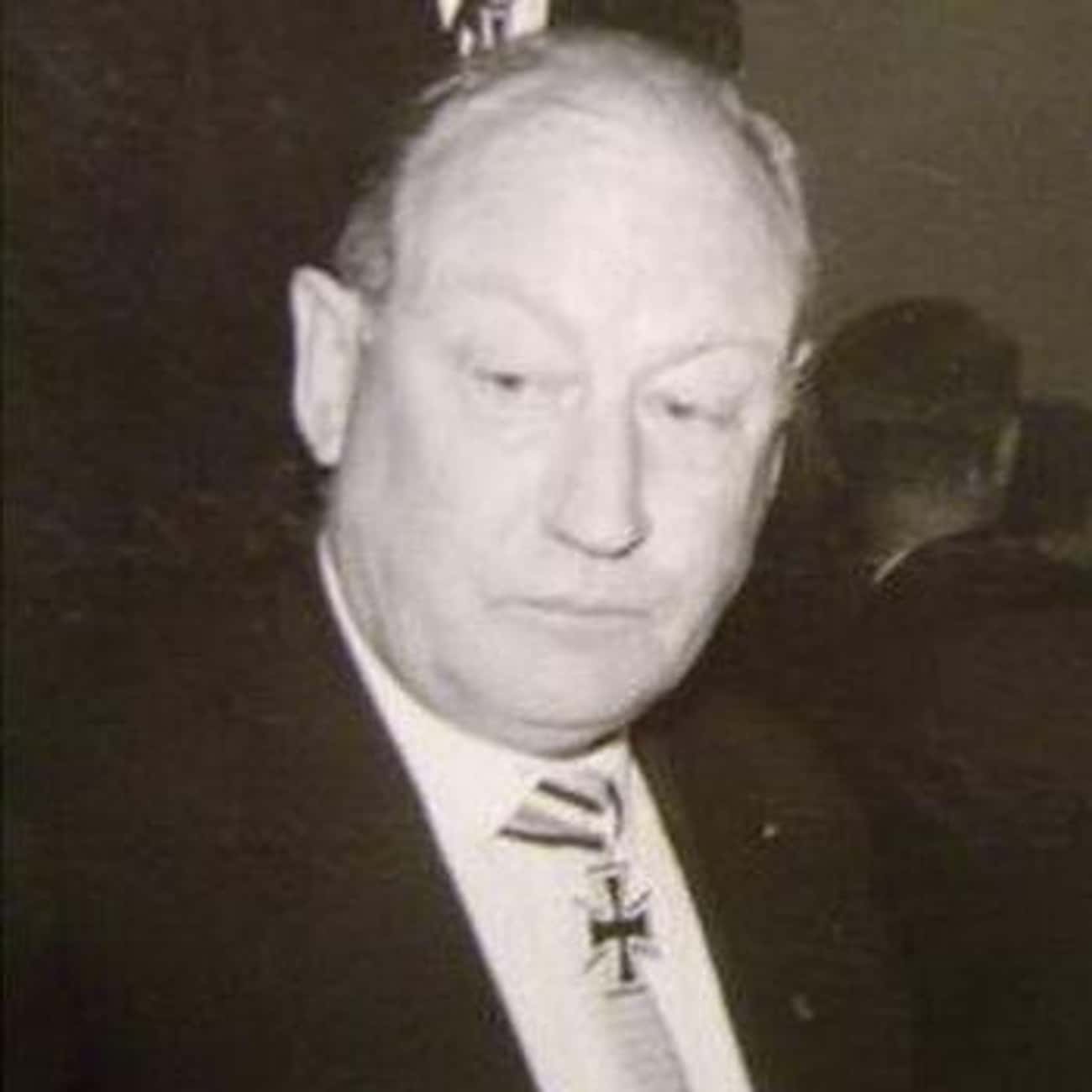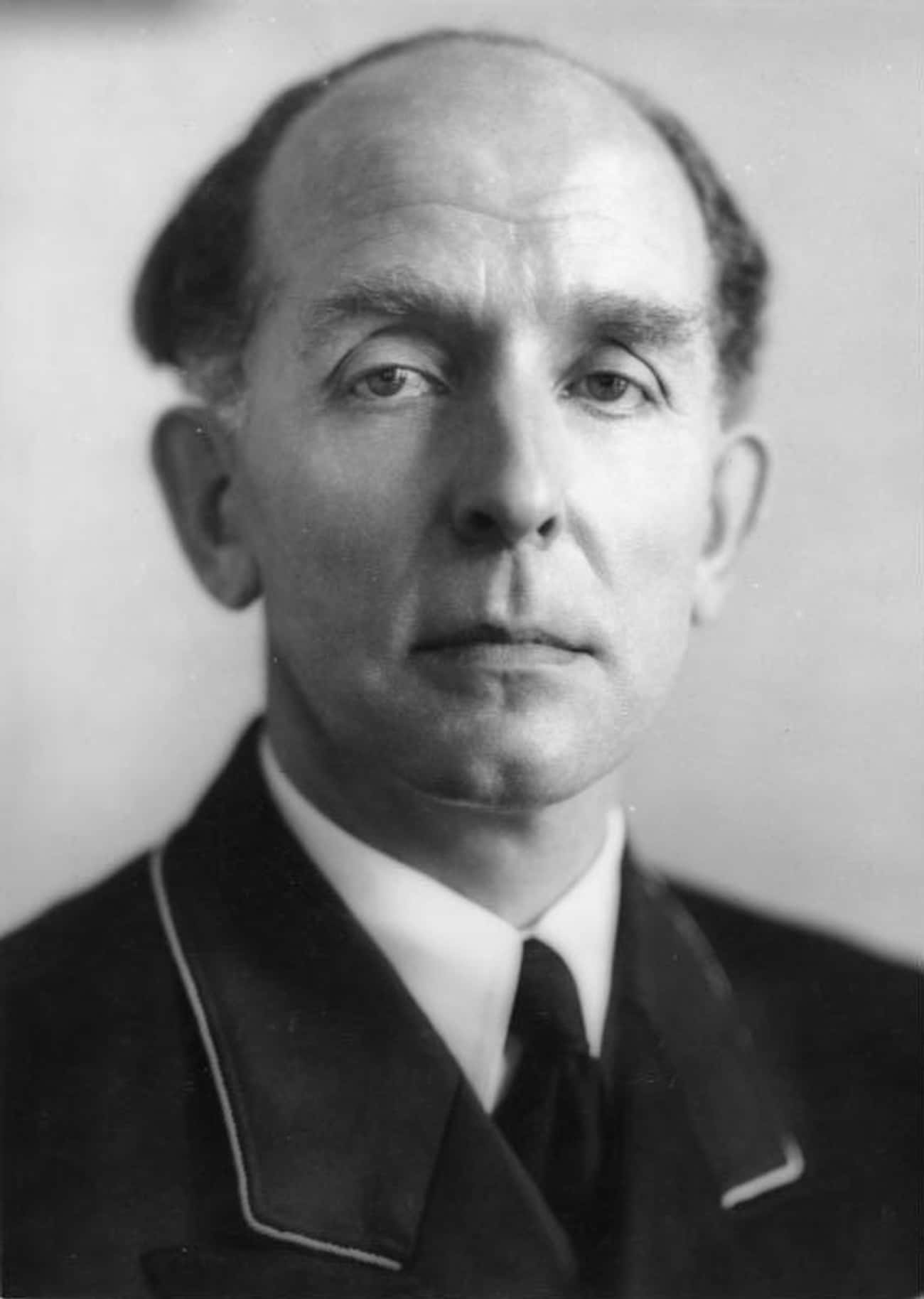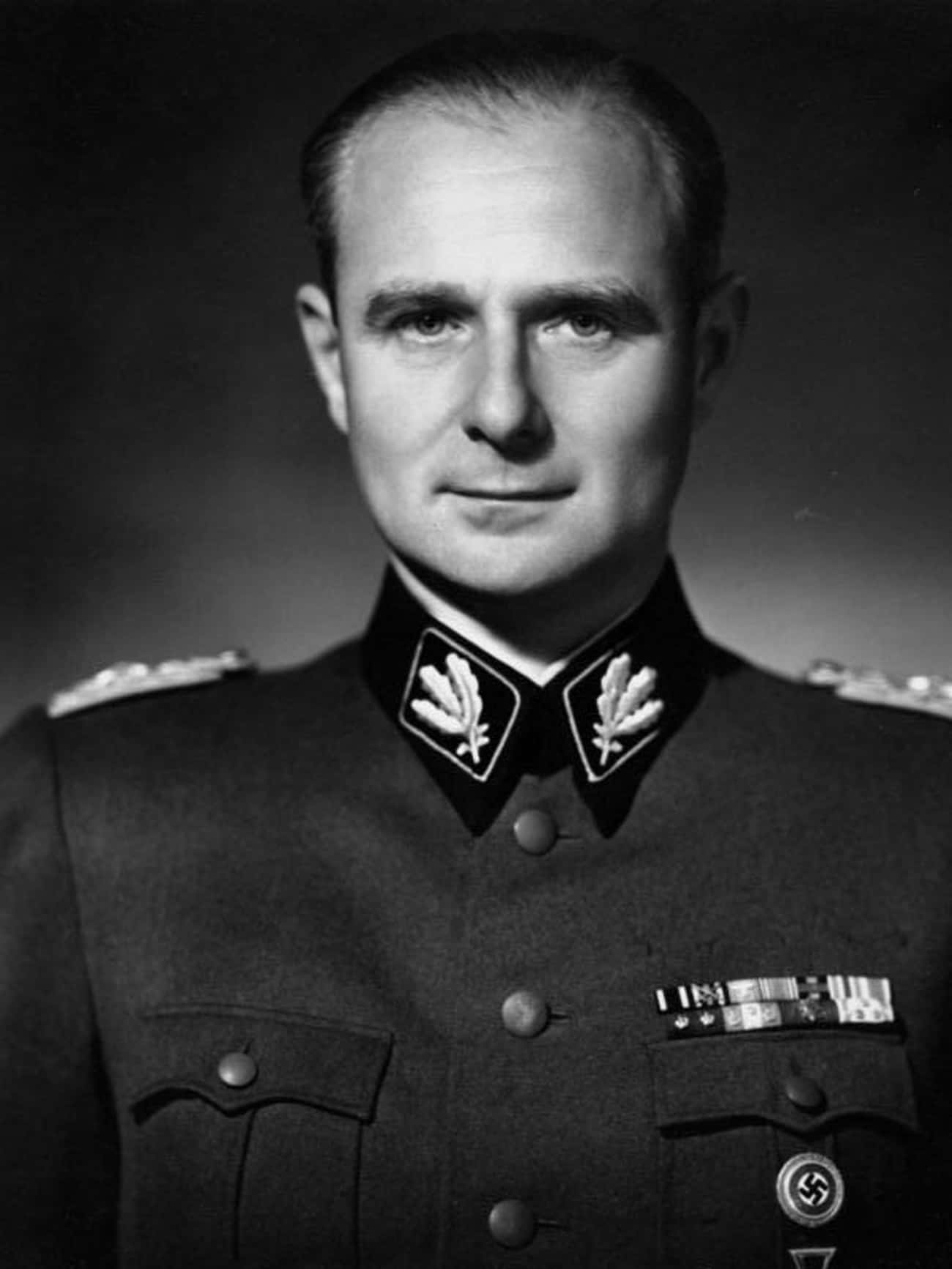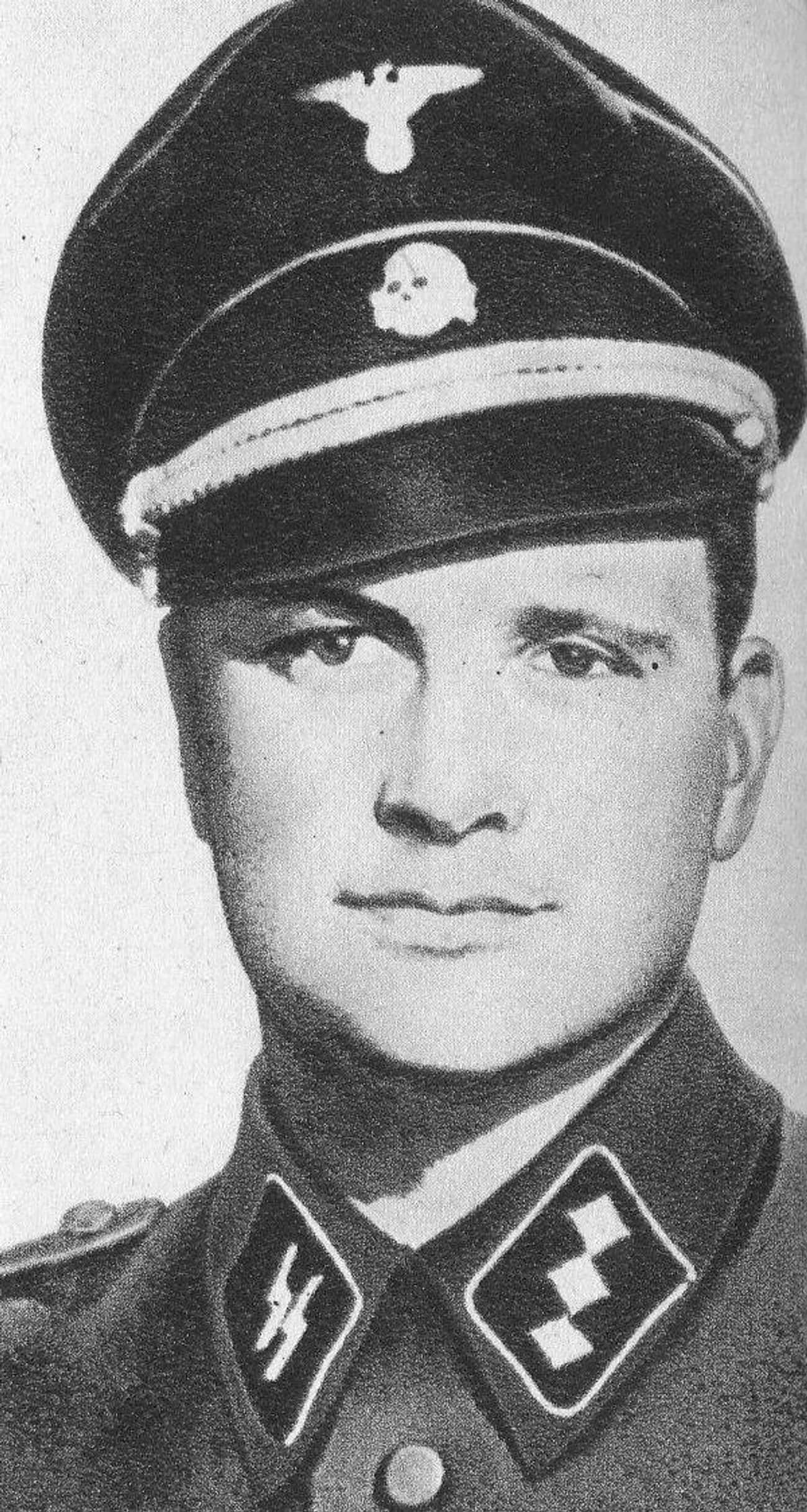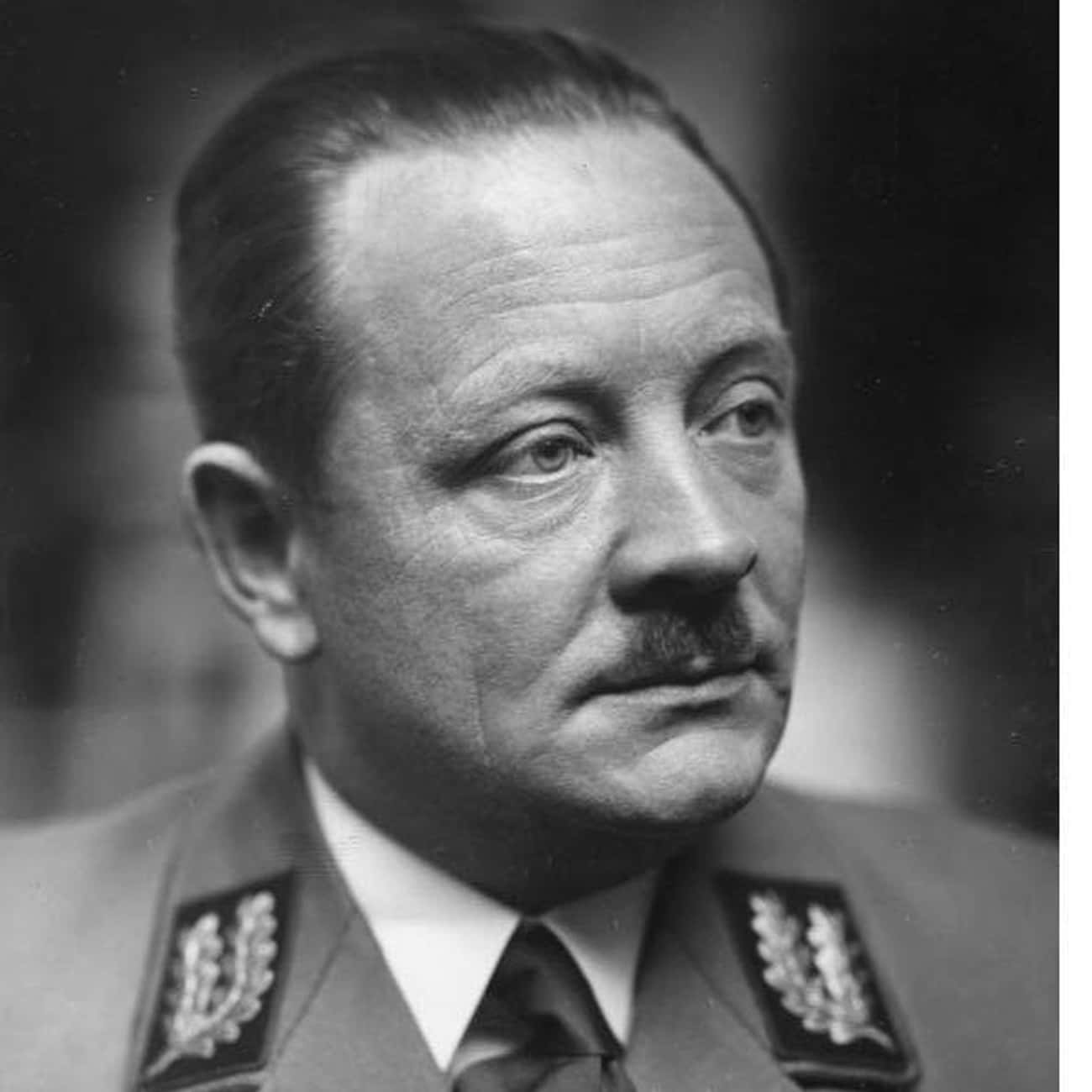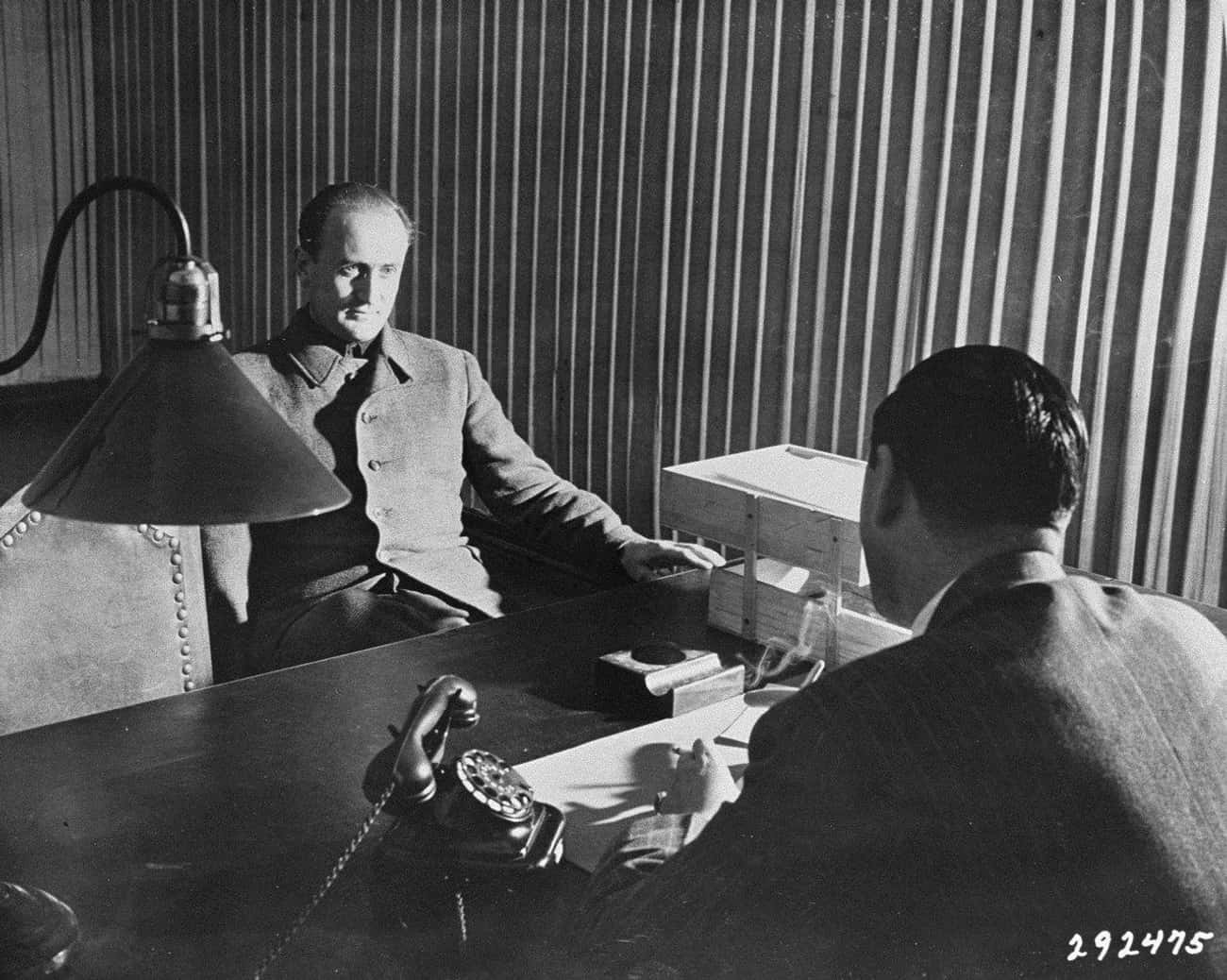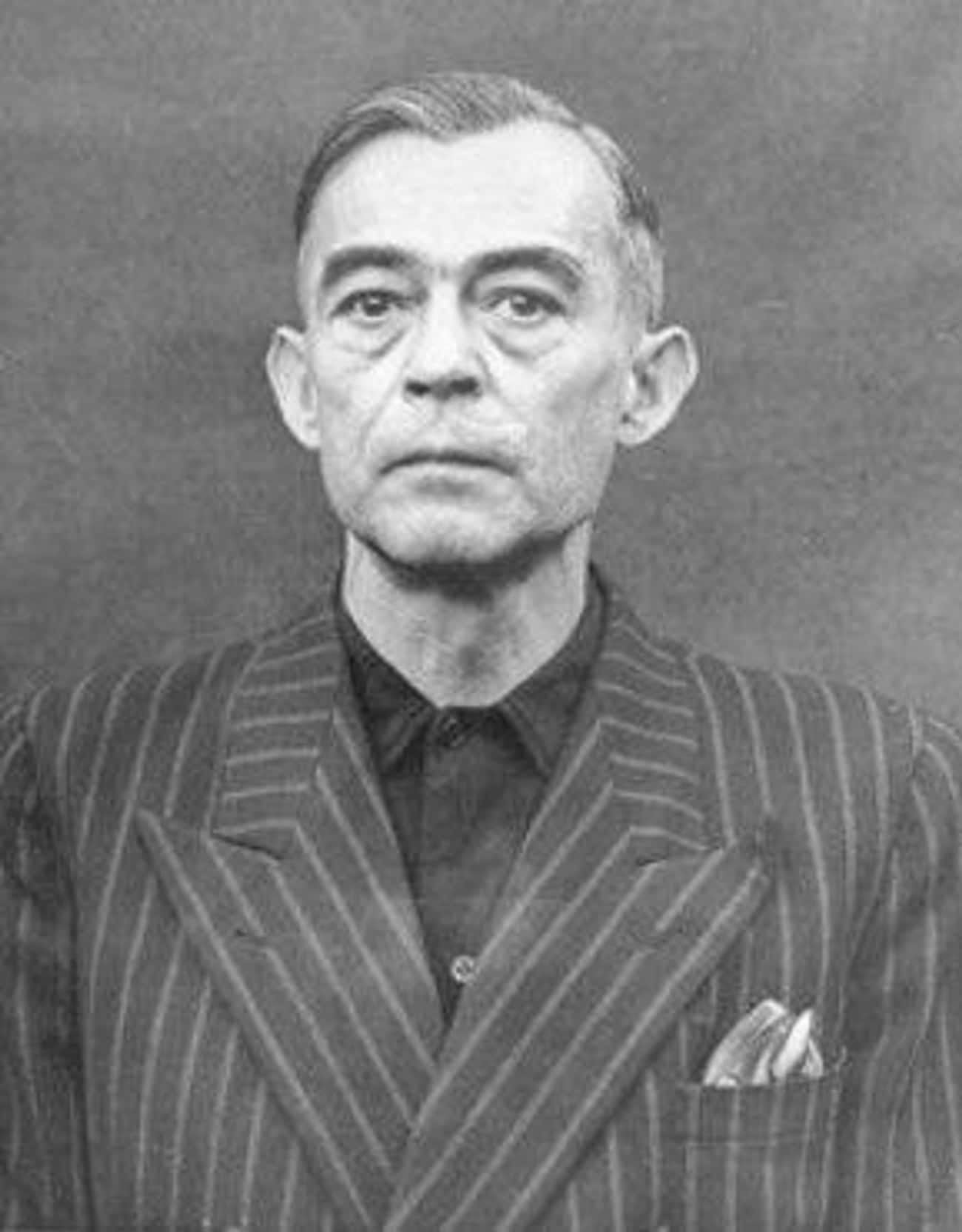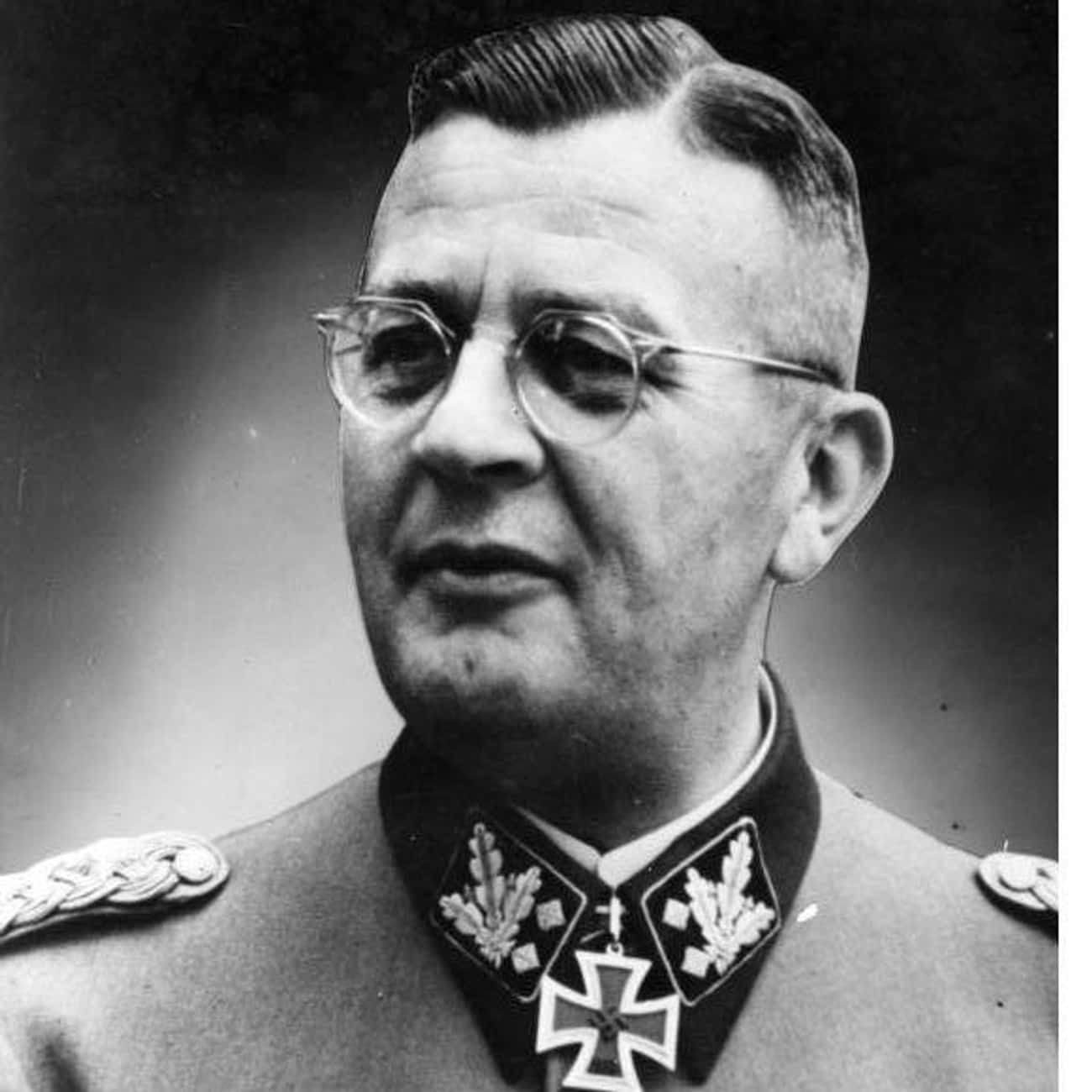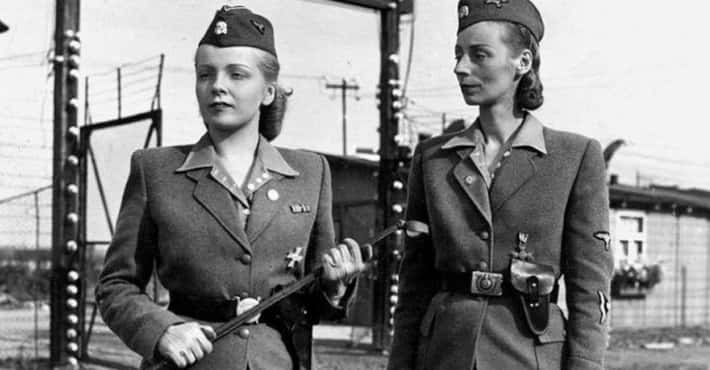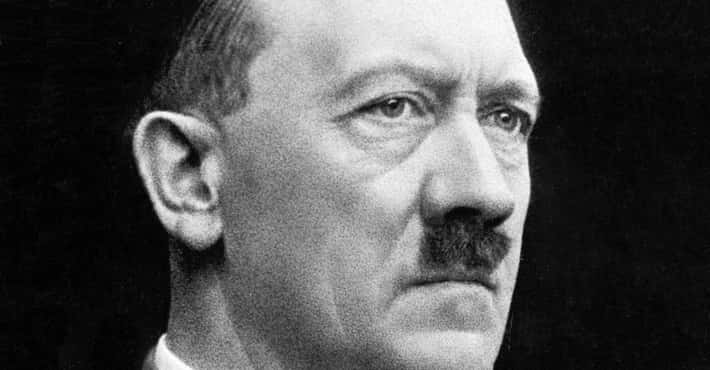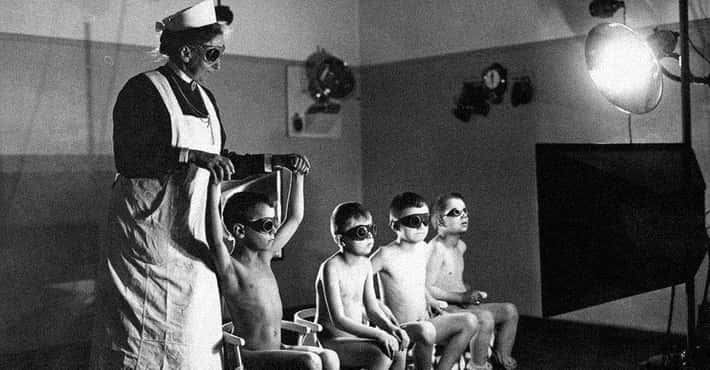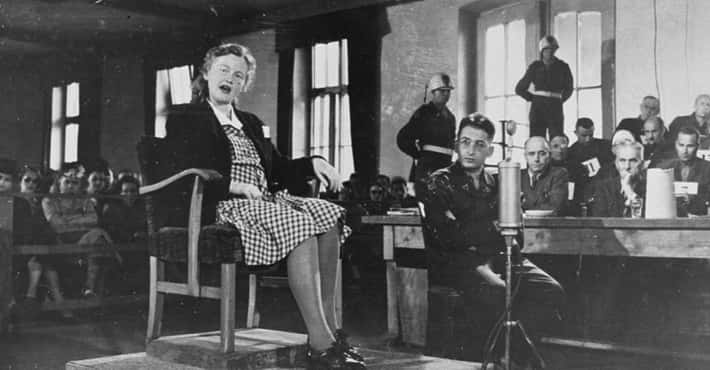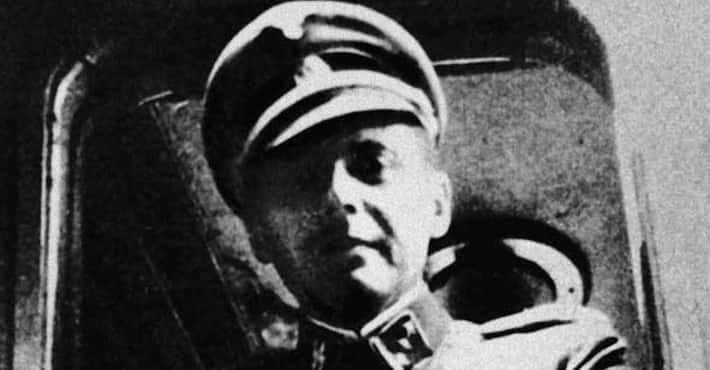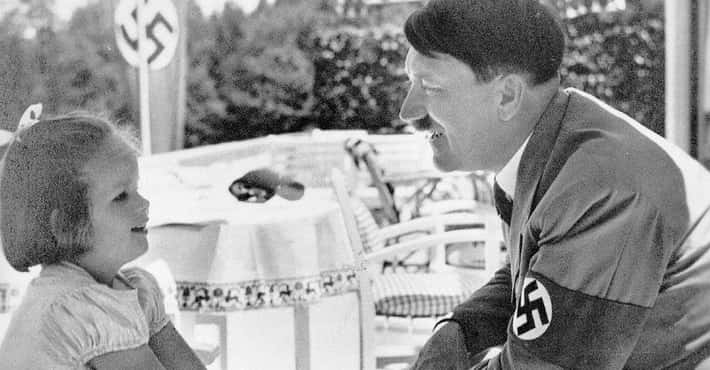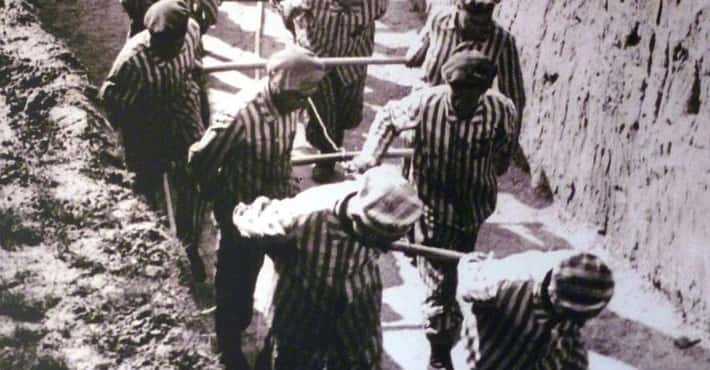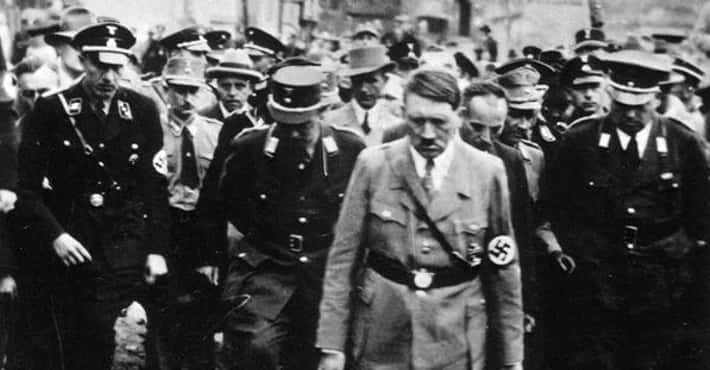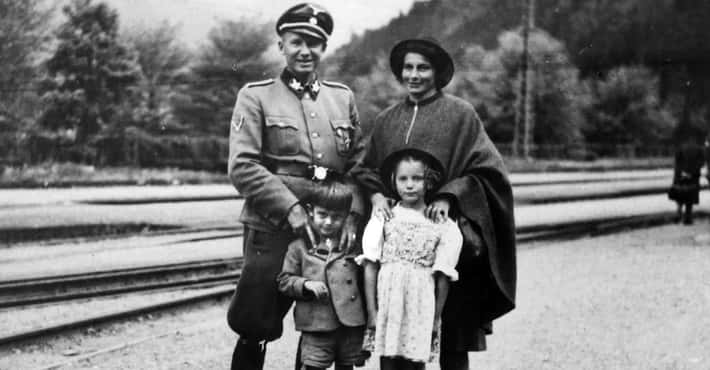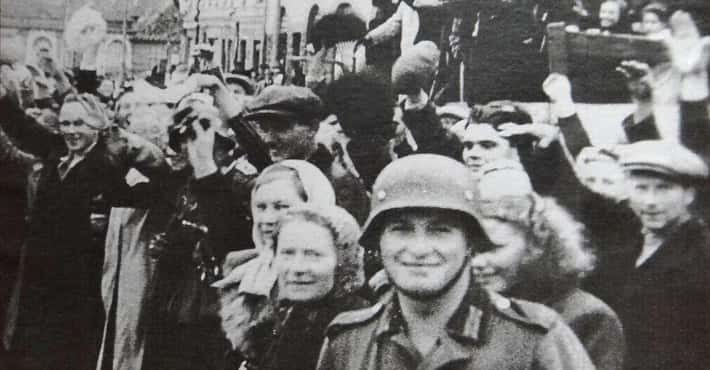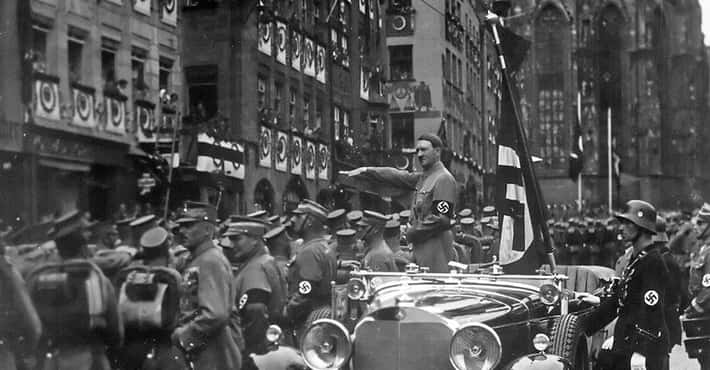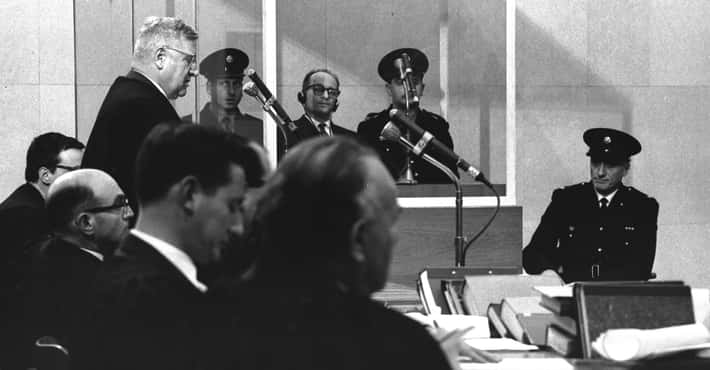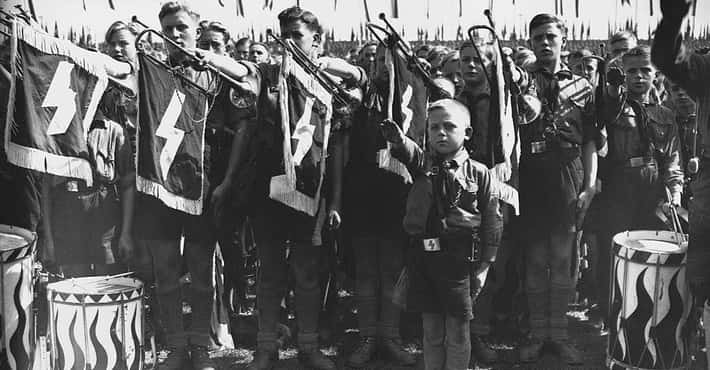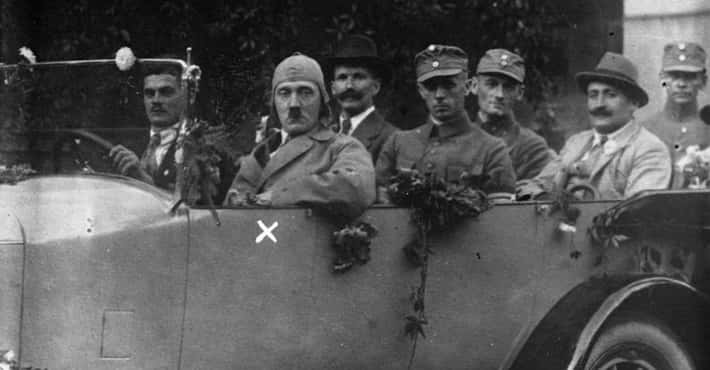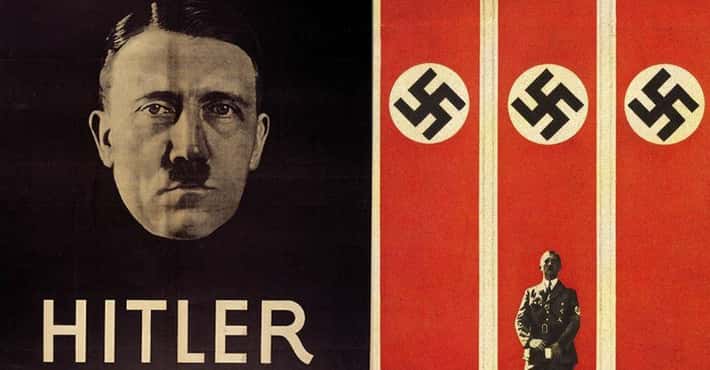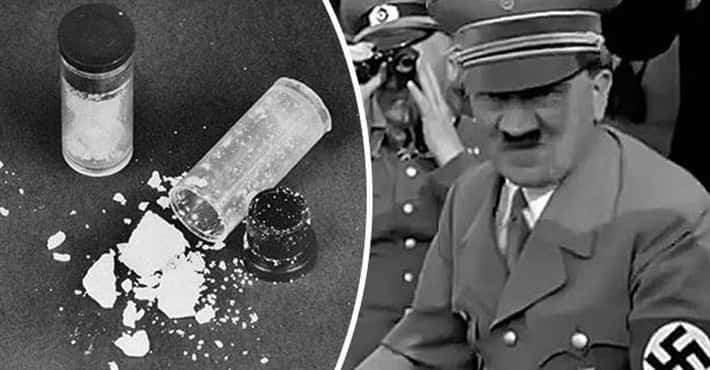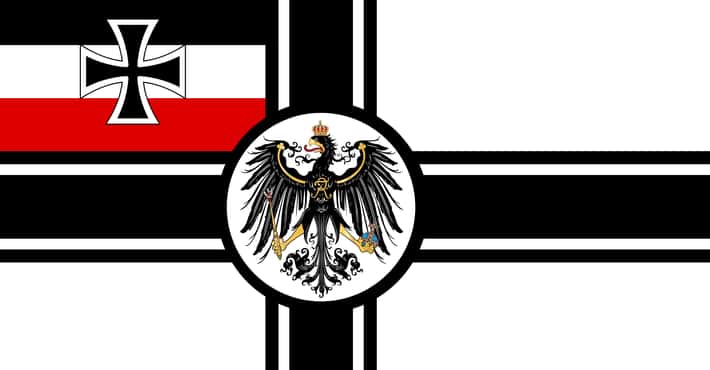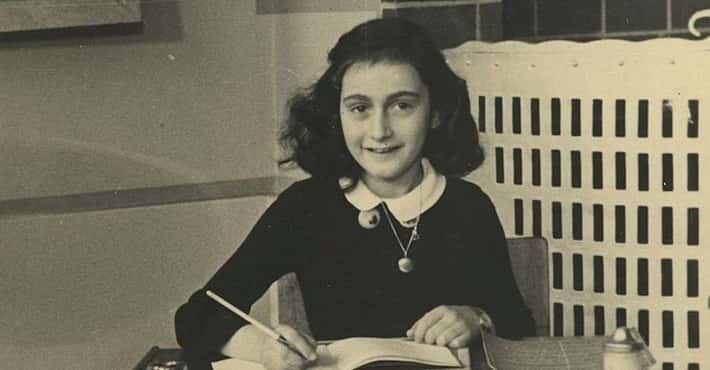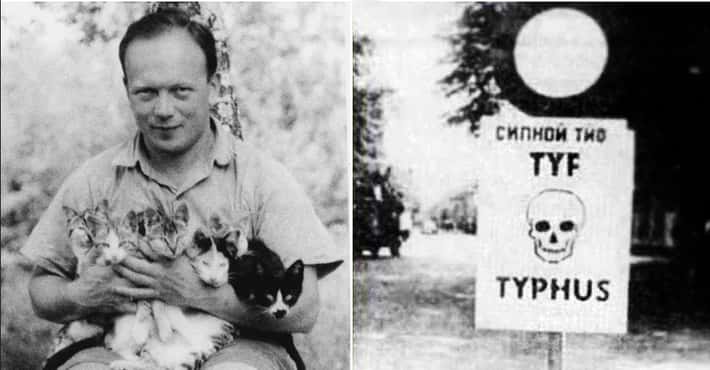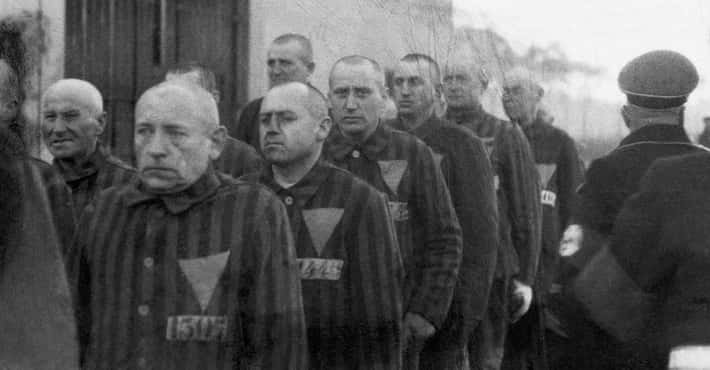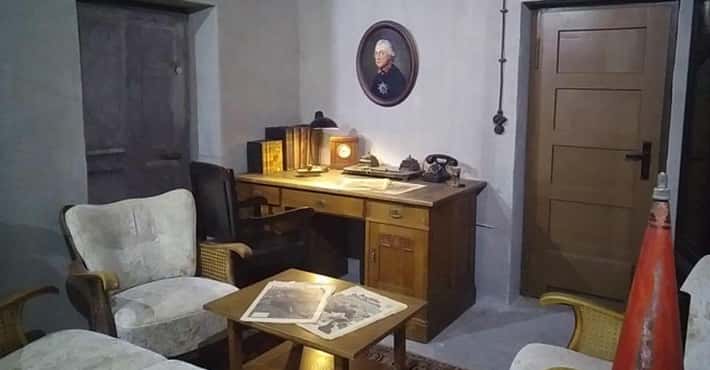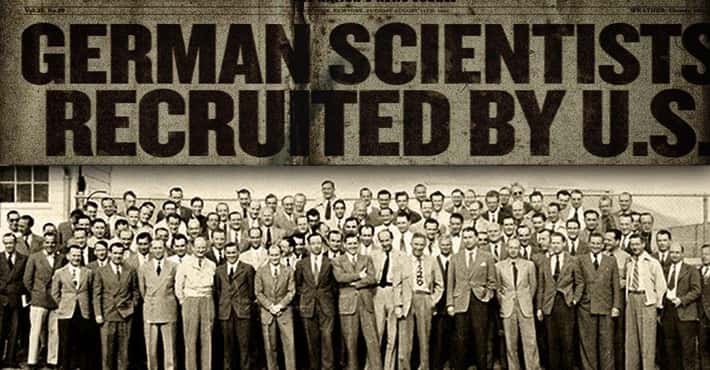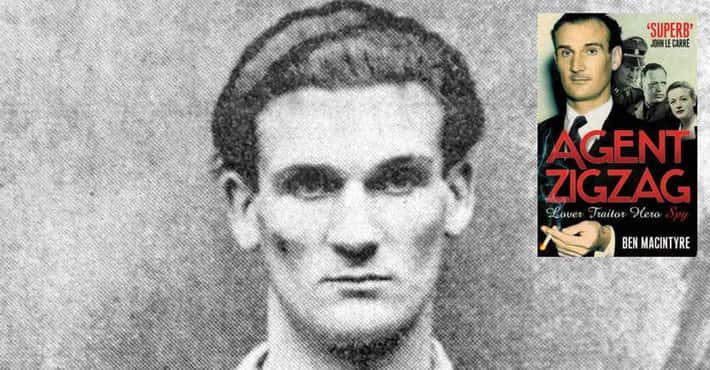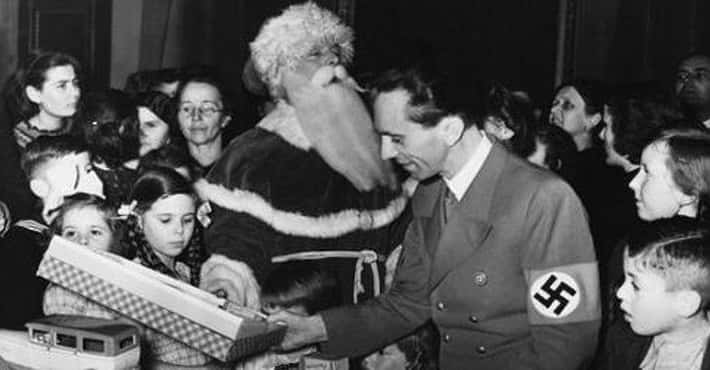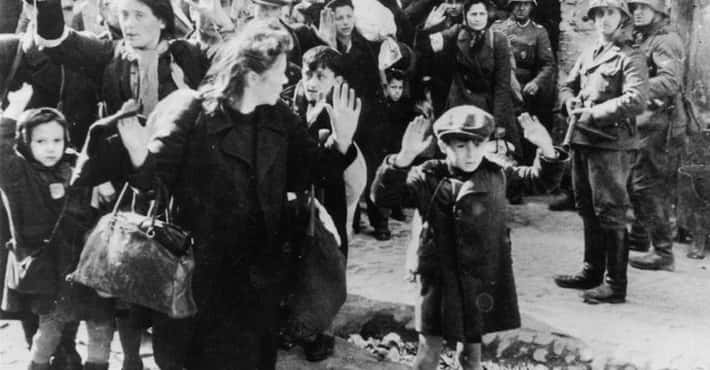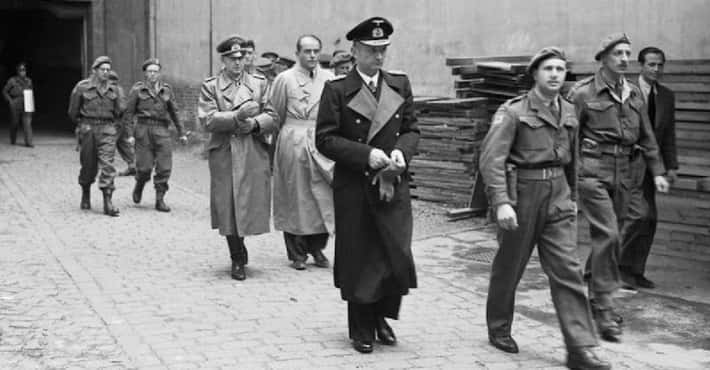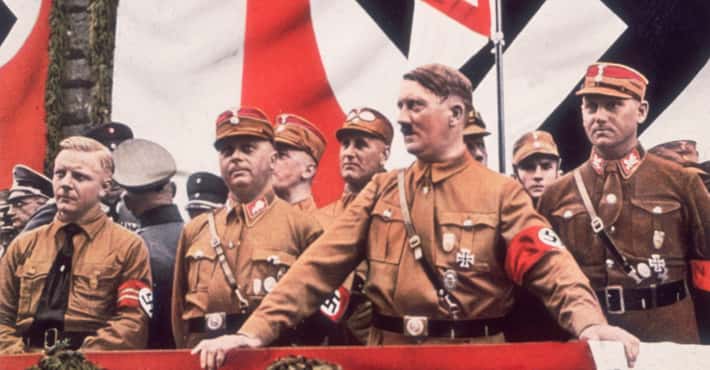14 Ruthless Nazi War Criminals Who Escaped Justice
- Photo: Unknown / Wikimedia Commons / Public Domain
Karl Silberbauer
Karl Josef Silberbauer was an SS staff sergeant known for his activities in Nazi-occupied Amsterdam during WWII. He reported directly to Adolf Eichmann, the head of Department IVB4, the office coordinating the extermination of the Jews.
In 1963, Silberbauer - by then an inspector with the Vienna police - was exposed as the commander of the 1944 Gestapo raid and arrests of Anne Frank and her fellow fugitives. After arresting the inhabitants of the Secret Annex, Silberbauer removed the contents of Otto Frank's briefcase and tossed them onto the floor, intent on using the case for any discarded valuables. The discarded material included Anne Frank's handwritten diary, which a friend retrieved and returned to Otto Frank, the only Frank family survivor.
According to the Austrian government, Silberbauer's arrest of the Franks did not rise to the level of a war crime. He did face a disciplinary hearing at the hands of the Vienna police, but retained his position following a hearing.
Nazi war criminal and Austrian doctor Aribert Heim was known as "Dr. Death" because of his horrific medical experiments on Jews at the Mauthausen concentration camp during WWII. He was captured by US soldiers in 1945, but was later released.
One day in 1962, after learning the police were waiting for him at his home, he vanished. Many believe Heim lived in Egypt under an assumed name (Tarek Farid Hussein). The New York Times reported that he perished of cancer in Cairo in 1992.
- Photo: Unknown / Wikimedia Commons / Public Domain
Walter Rauff
Walter Rauff was an SS colonel most famous for heading the group that constructed "gas vans" (mini gas chambers on wheels). The vans were commanded by Rauff and used throughout Eastern Europe to suffocate victims with exhaust pumped into the sealed rear compartment through a large hose. Rauff was captured in Italy but managed to escape from an American POW camp and was sheltered by the Vatican until he could flee to Syria; he would eventually wind up in Chile.
Incredibly, while there, he was recruited and paid by the West German intelligence services from 1958 to 1962, when West Germany requested that he be extradited for war crimes. His indictment cited his responsibility for the deaths of 90,000 victims from North Africa to the Baltic.
Chile refused to extradite Rauff based on the statute of limitations, and the former SS colonel lived openly in Chile until his passing in 1984 at age 77. His funeral was attended by thousands of former Nazis who openly celebrated the life of their former comrade.
- Photo: DocHu / Wikimedia Commons / CC BY 3.0
Hermann Stieve
Hermann Stieve was a German physician and anatomist who became interested in studying the effects of extreme stress and terror on the female reproductive system. Like many German doctors, Stieve worked closely with the Nazi regime to obtain the cadavers of executed victims of the Reich. Based in Berlin, he got his "material," as he referred to it, from Plötzensee Prison, the local execution chamber for convicted political criminals and dissidents.
Following dissection, Stieve typically had the bodies cremated and the ashes discarded, despite the frantic attempt by relatives to locate the remains for proper burial. When officials began executing victims at night, Stieve successfully convinced prison authorities to perform executions during the day so he could complete his dissection process more efficiently.
Only one of his subjects was ever returned to relatives, the ashes of Mildred Harnack, an American related to one of Stieve's students and the only victim of Stieve's to receive any semblance of a proper burial. Stieve was never sanctioned for his behavior; in fact, like many other Nazi physicians, he was honored for work completed in his field before he perished of a stroke in 1952.
- Photo: Kurt Alber / Wikimedia Commons / CC BY-SA 3.0 DE
Joachim Peiper
Colonel Joachim Peiper was an officer in the Waffen-SS during WWII. He fought on both the Eastern and Western Fronts and was awarded the Knight's Cross to recognize extreme battlefield bravery. However, following Germany's surrender, Peiper was prosecuted for the massacre of captured American soldiers at Malmedy, Belgium. He and 42 other defendants were convicted and sentenced to death. But the controversy over the prosecution and numerous death sentences caused an uproar in Germany and within the American government, which launched an investigation into possible torture.
Ultimately, all of the death sentences were commuted to life imprisonment and then time served. Peiper was released after serving almost 12 years in prison. Despite allegations of similar behavior on the Eastern Front and Italy, Peiper escaped further official justice. On Bastille Day 1976, his attempt to live quietly in rural France came to an end when he was shot to death and his home was firebombed by outraged neighbors who discovered his true identity.
- Photo: Fburgevin / Wikimedia Commons / CC BY-SA 3.0
Heinz Lammerding
Heinz Lammerding was a Waffen-SS brigadier general and commander of the SS "Das Reich" division, which was stationed in central France on D-Day, June 6, 1944. In conjunction with the Allied invasion, French resistance began attacking German troops throughout the French countryside.
After a German officer was captured by the French, Lammerding ordered that reprisals be carried out in response. Over 200 civilian residents of Tulle were either hanged or deported to their deaths in Germany as slave laborers. At Oradour, SS troops brutally wiped out over 600 more civilians. The town was then partially destroyed.
Following WWII, Charles de Gaulle ordered that the ruins of Oradour be permanently preserved as a symbol of Nazi barbarism. Lammerding was convicted in absentia by a French court and sentenced to death in 1953, but first the British, and then the Germans, refused to extradite him. He built a successful engineering business and prospered openly in Dusseldorf until his demise from cancer in 1971 at age 66.
- Photo: Heinscher / Wikimedia Commons / CC BY-SA 3.0 DE
Roland Freisler was the Nazi State Secretary of the Reich Ministry of Justice and president of the notorious Volksgerichtshof (people's court). Between 1942 and 1945, he sentenced thousands of people to death.
His bombastic courtroom screams and sarcastic ripostes were so chilling that films intended for the German people were never shown publicly by the regime. Among his victims were Sophie Scholl, American Mildred Harnack, and numerous July 20th defendants. Freisler escaped justice but not karma when, on February 3, 1945, his courtroom was bombed with an Allied direct hit that crushed him to death.
- Photo: Bauer, Friedrich Franz / Wikimedia Commons / CC BY-SA 3.0 DE
Karl Wolff was a general in the Waffen-SS and Heinrich Himmler's chief of staff until 1943. With Himmler, Wolff personally witnessed the execution of Jews in Russia and orchestrated many of the logistical aspects of the Holocaust.
Ultimately, he was assigned to Italy, and by the end of WWII, he had become that country's head of the SS and the German military. Despite his involvement in the deportation of Italian Jews, he escaped serious prosecution by testifying against some of his SS associates.
He is also rumored to have ultimately received a mere four-year sentence based on his recruitment by the CIA. In 1964, Wolff was again arrested and tried by Germany for mass deportations, but his 15-year sentence was commuted to five, allegedly for health reasons. He would live for another 15 years.
- Photo: Unknown / Wikimedia Commons / Public Domain
Kurt Franz
Kurt Franz was an SS officer and early participant in the Nazi T4 euthanasia program and was ultimately ordered into the Nazi extermination camp apparatus. Initially posted to Belzec, Franz was transferred to Treblinka, where he initially supervised the unloading of transports and the extermination process. He was eventually promoted to camp commandant in August 1943. For his rather boyish-looking face, Franz was nicknamed "Lalke" ("doll" in Yiddish), but this had no bearing on his behavior. He would indiscriminately set his huge St. Bernard on prisoners and then laughingly shoot them if they survived the dog's mauling.
When he was finally arrested in 1959, his home contained a photo album from Treblinka entitled "Beautiful Years." In 1965, he was convicted in Germany of the deaths of over 300,000 people, but was eventually freed for "health reasons." He passed at age 84 as a free man in Wuppertal, Germany.
- Photo: Unknown / Wikimedia Commons / CC BY-SA 3.0 DE
Erich Koch was among the most brutal of the Nazi administrators in Poland and the Soviet Union. He is believed to have been responsible for the deaths of as many as 4 million people and the deportation into forced labor of 2 million others. Although Koch forbade the retreat of German troops from East Prussia into the German heartland, he himself fled to Northern Germany and was not captured until 1949. His British captors turned him over to Poland instead of the USSR and it was eight years before he was sentenced to death.
Shortly thereafter, Koch's sentence was inexplicably commuted to life imprisonment. His lenient sentence could be explained by Russian suspicion that Koch had knowledge of the whereabouts of the "Amber Room" and other Soviet art treasures. He finally perished in Polish captivity in 1986 at the age of 90.
- Photo: United States Holocaust Memorial Museum / Wikimedia Commons / Public Domain
Artur Axmann was the head of the Hitler Youth from 1940 until 1945. Axmann actively organized fighting units comprised of Hitler Youth during WWII. In the last desperate days, he conscripted children, both boys and girls, as young as 8 years old. Axmann was present in the bunker when Hitler shot himself, extricated the revolver he used, and successfully escaped to the West. After burying the weapon in a Berlin park, he avoided capture until December 1945.
Placed on trial in 1949, he received a 39-month sentence that was commuted to time served. Aside from a fine from West Germany in 1958, he received no additional punishment. He was buried in a secret location, lest his grave become a neo-Nazi shrine.
Hermann Michel was an SS staff sergeant assigned to the Sobibor extermination camp. Clothed in a white doctor's smock, he would greet newly arrived Jewish prisoners in calm tones and explain that before they were transferred to agricultural work, they were to be given baths to maintain hygiene. He asked them to disrobe, turn over valuables, and quietly make their way into the "baths." Prisoners would unwittingly enter one of four brick structures that would be sealed and then filled with carbon monoxide from a diesel engine.
In 1943, the camp was ordered closed and the staff reassigned to fighting partisans in Yugoslavia. Michel was never captured and his associate Franz Stangl, the former commandant of Treblinka, believes he escaped to Egypt, where he possibly perished in 1984.
- Photo: USHMM / Wikimedia Commons / Public Domain
Kurt Blome was a Nazi scientist engaged in major research into biological warfare involving diseases, nerve gas, and insecticides. He engaged in the infection of concentration camp inmates with malaria, typhus, plague, and hepatitis to measure the long-term warfare potential of these agents. He also collaborated with the infamous Japanese Unit 731 biological warfare program, sharing research and scientific collaboration.
Blome was arrested in 1945, but was acquitted at the Nuremberg Doctors' Trial in 1947 through the intervention of US Army intelligence. He was one of many German scientists hired by the US government to work on chemical warfare.
- Photo: Unger / Wikimedia Commons / CC BY-SA 3.0 DE
Erich von dem Bach-Zelewski
Erich von dem Bach-Zelewski was a Waffen-SS general active in the Soviet Union and Poland throughout WWII. Of his operation involving the murder of 35,000 people in the vicinity of Riga, he proclaimed, "There is not a Jew left in Estonia." His most notorious conduct involved the brutal suppression of the Warsaw Uprising of 1944, which cost the lives of at least 150,000 civilians and 15,000 members of the Polish underground.
Bach-Zelewski escaped prosecution by testifying at Nuremberg. In 1951, he received a 10-year home detention for crimes involving the slaying of German political opponents and eventually received additional time for similar behavior, but his war crimes were never prosecuted.


